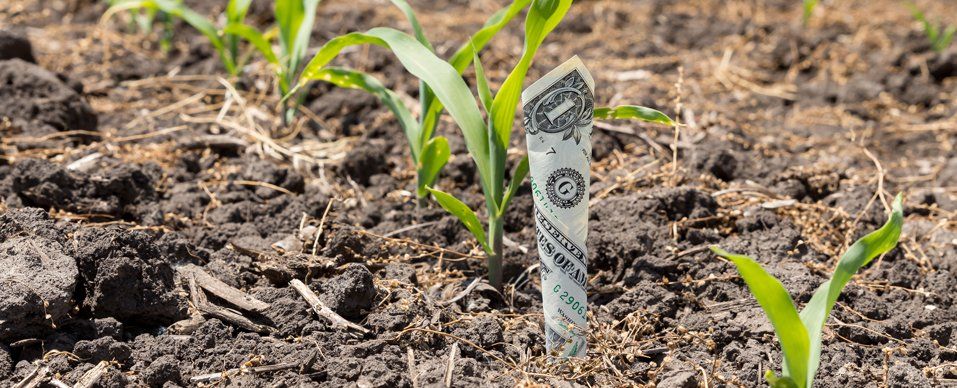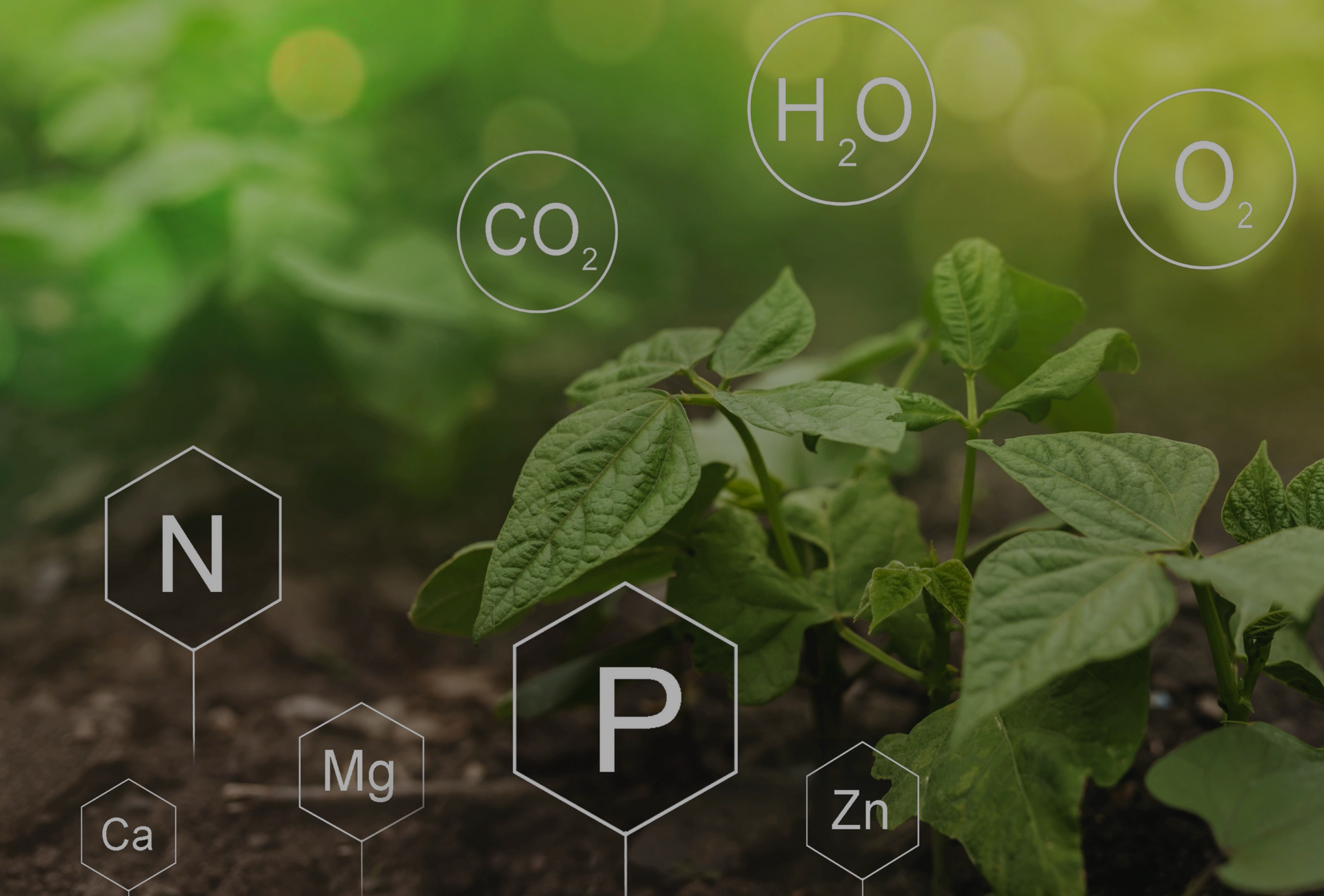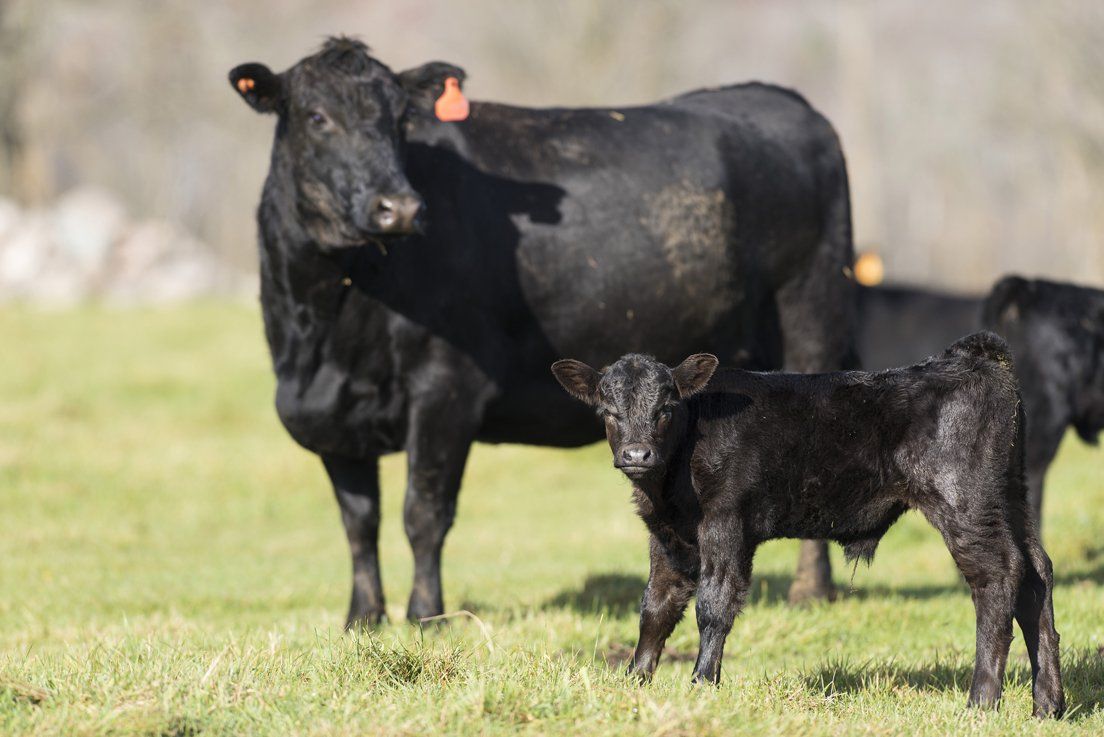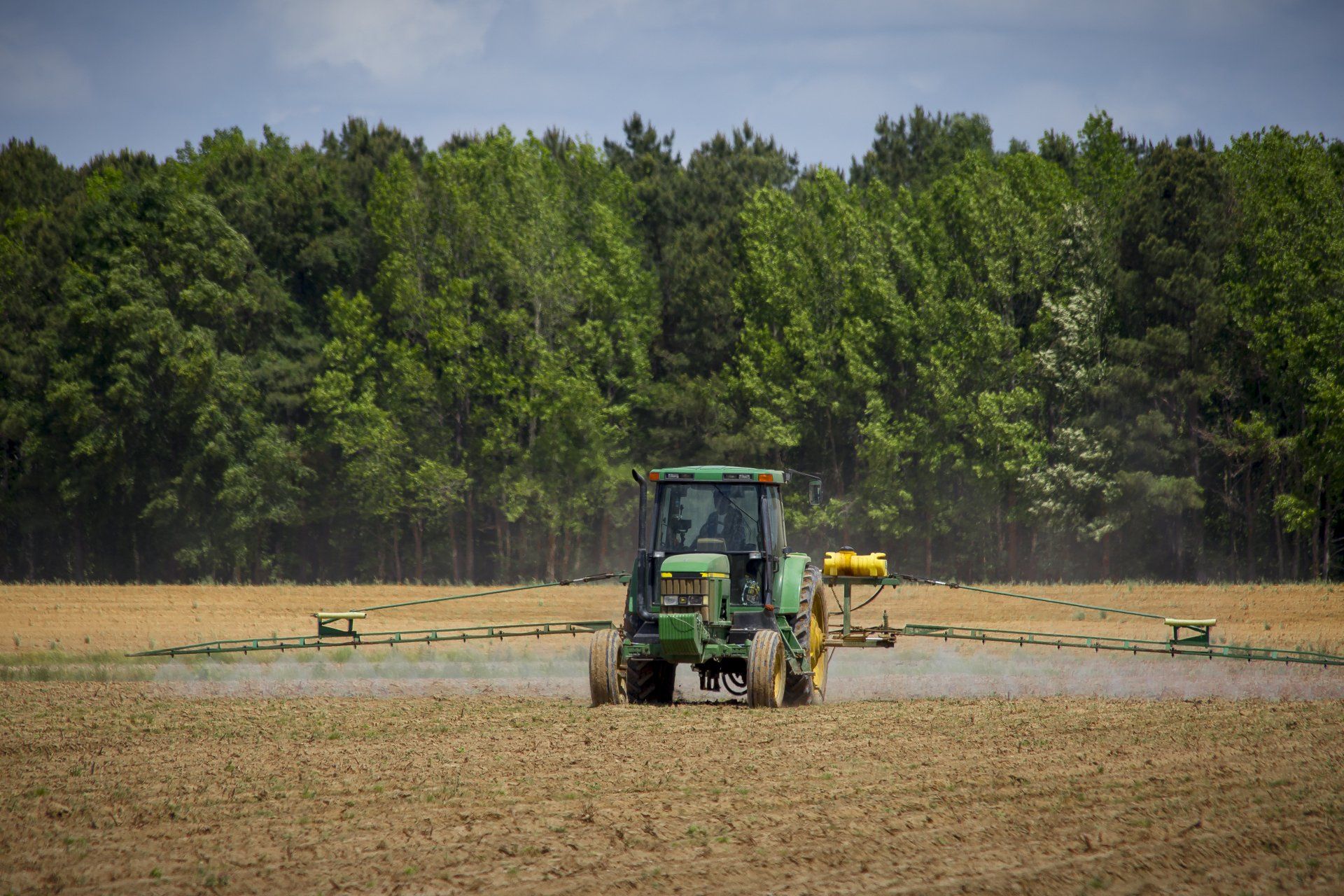Crop "Ensurance"
Applying Wind River Microbes To Your Soils Provides "Ensurance"

A paid policy that kicks in when a natural disaster occurs in the ag industry is crop insurance. It's something a farmer must ultimately carry. We never know when mother nature will afford us a severe drought, or the neighbor burning trash on a windy day leads to a wildfire that takes out our crop. But what I'd like to discuss here is "ensurance," which is my own made-up word.
To "ensure" is to make certain. To "insure" is to protect against risk. Both require some type of payment. Have you ever thought of the amount of money you pay in to an insurance company to protect your crop investment? How many times have you actually benefitted from the thousands and thousands of dollars you've paid in? Many farmers will admit from zero to two times they've benefitted from their insurance payments, yet they still didn't reap 100 percent of the dollar value they'd paid.
Wind River Microbes are ensurance. They will cost you money to purchase and put down. The difference is, unlike insurance, you will reap 100 percent of your microbe investment, through your soil health and crop development. Call me crazy, but here's why I make this claim. The ultimate goal of applying microbes to the soil is to balance the ecosystem.
Soil ecosystems are comprised of millions of microorganisms – bacteria, fungi, protozoa, archaea, algae, nematodes, etc. Different microorganisms, or microbes, live and function best within certain layers of the soil. Some are responsible for decomposing dead plant and animal material into useable carbon, while others cycle and source nitrogen, or phosphorous. The microbes form colonies or communities. Collectively, these microbial communities working in harmony form the soil microbiome.
When the ecosystem is imbalanced, diseases like root rot and rust take over which lead to crop deterioration or destruction. Another type of imbalance may lead to a nitrogen deficiency or iron chlorosis. On the other hand, when the ecosystem is balanced, you'll experience little to no deficiencies or soil-borne pathogens.
A plant needs microbes and microbes need plants. It's known as symbiosis, or symbiotic relationship. Through the rhizophagy cycle (a fancy process of microbes delivering nutrients to plants), a plant will send out a chemical signal to the microbes saying "I'm hungry, I need nitrogen." A bacteria, such as Azospirillum, that is living near the meristem of the root tip will go source the nitrogen and deliver it into the plant through the root tip. After the nitrogen has been released into the plant, the Azospirillum bacteria will exit the plant to go source more nitrogen. But upon it's exit from the root, the plant "tips" the bacteria with sugars and carbohydrates, just like you would tip a restaurant waitress for her service.
Applying Wind River Microbes to your soils provides ensurance. You are making certain that you've given your soils the tools necessary for a well-balanced ecosystem. Soil-balance, in turn, provides ample nutrient cycling with less inputs. Nutrient cycling increases growth efficiency and root development. Larger root systems and healthier plants lead to greater harvests and yields. Larger yields mean more money in your pocket. Ensurance…it's that simple!
Resources
Subscribe to Get
Special Offers
General Lead
Thanks for subscribing. You'll be the first to hear about new items and special offers.
Please try again later.
All Rights Reserved | Wind River Microbes













